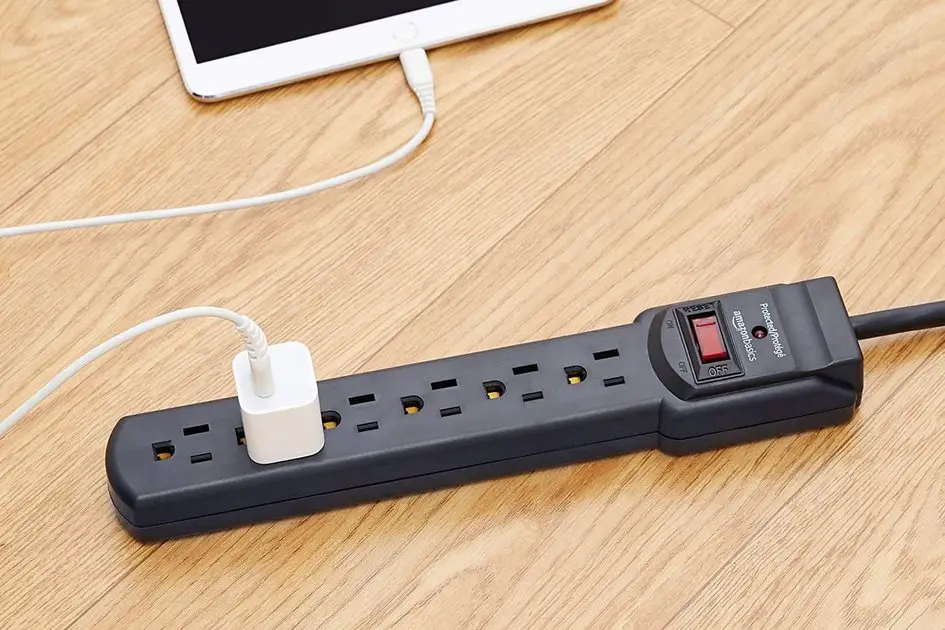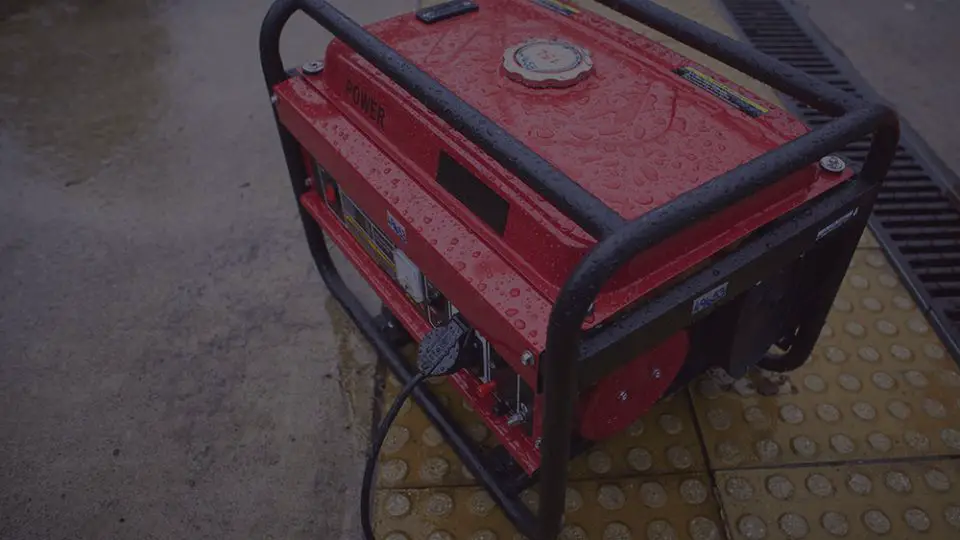This post may contain affiliate links. As an affiliate, we earn from qualifying purchases. We get commissions for purchases made through links in this post.
The extension cord brings the electricity from your wall outlet to a wider distance and has only one receptacle. It comes in a form of a thick wire with a plug and a single outlet. It does not offer any protection from spikes.
The surge protector, on the other hand, comes with 2 or more receptacles allowing you to provide power for multiple devices. It does also protect your appliances from surges as the name suggests.
What is the extension cord?
It has a very simple design of just a single thick wire that can withstand a high electric load with no extra features.
You must use an extension cord if your electrical devices are placed far from the wall power outlet.


Extension cords come in different lengths and thicknesses, which defines the load they can withstand. The thicker and shorter the cord the higher load (in amps) it can sustain without melting.
However, the extension cord does not provide protection from electric surges. Its only function is to conduct the electricity from the wall or power generator’s outlet to the distant consumer device.
What is the surge protector?
Unlike the extension cord, the surge protector actively defends your devices by “absorbing” electrical surges before they reach them. The surge protector contains a metal oxide varistor (MOV) that provides protection against electric spikes.
The MOV is a resistor that has a variable resistance that depends on the voltage levels. If the current becomes too high, the resistance of the MOV increases hence preventing the excessive electricity to reach the consumer device. In this way, your devices are protected against sudden voltage spikes.
A surge protector features multiple outlets that allow connecting multiple devices while using only one wall outlet. You must always check the power rating of your surge protector to make sure it can withstand a total load of all your devices connected to it.


Another difference between a surge protector vs an extension cord is that it has a button that allows you to turn it on and off. This helps to power down your electrical devices in an emergency and allows you to keep your devices off when not needed.
Can you use an extension cord on the surge protector?
While you can do it and your devices will work, technically this is not correct and is unsafe.
The extension cord must be always plugged in first between the power outlet and a surge protector. This is because the main purpose of a surge protector is to extend the electric range and withstand a high load. That’s why the extension cord is usually thicker than the surge protector’s wire. There are some surge protectors with a thick cord on the market, but, this is not something usual.
In case your extension cord has a lower power rating and you want to connect a higher-rating electric device to it, then, it makes sense to first connect the surge protector to the power outlet and then plug in the extension cord to the surge protector. This scenario is unlikely, as, normally, you wouldn’t want to purchase a thin extension cord.
Conclusion
The extension cord is only used to provide power to one device that is placed at a very long distance from an outlet. The surge protector, on the other hand, features multiple outlets and provides active protection against electric surges. You can use an extension cord with the surge protector but you must always plug in the extension cord first.



